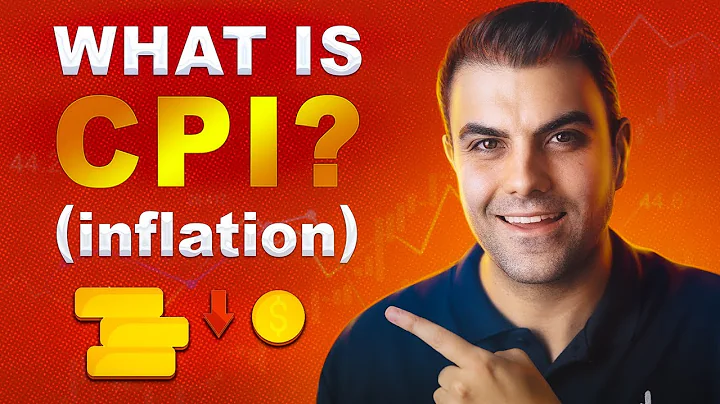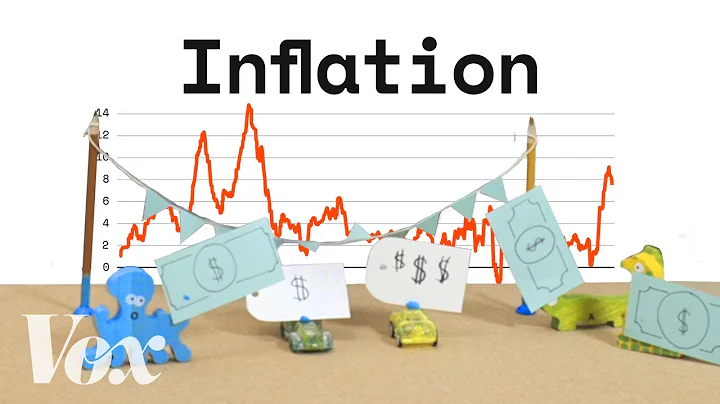Another inflation indicator closely tracked by the Federal Reserve and even more favored than CPI also surged to a 31-year high in October, triggering more concerns about the U.S. price growth crisis, but consumer spending that month The data was better than expected, suggesting that the economy will not be too weak at the end of the year.
On Wednesday, November 24, according to statistics from the U.S. Department of Commerce, the U.S. personal consumption expenditures (PCE) price index increased by 0.6% month-on-month in October, lower than the expected 0.7%, but double the 0.3% increase from the pre-September value. This nominal inflation measure increased by 5% year-on-year, slightly lower than the 5.1% expected, but also significantly higher than the 4.4% in September, and the fastest increase since November 1990, which was the highest in 31 years.
After excluding volatile food and energy prices, the core PCE price index , the inflation indicator favored by the Federal Reserve, increased by 0.4% month-on-month in October, in line with expectations, and doubled from the 0.2% increase before September. This data increased 4.1% year-on-year, in line with expectations. It was not only significantly higher than the 3.6% value before April and the Federal Reserve's official inflation target of 2%, but also reached the highest level in the past four years since April 1991.

Specifically, U.S. inflation in October was mainly driven by rising food and energy costs. Prices of energy goods and services surged by 30.2% year-on-year, and food prices rose by 4.8% year-on-year. Overall, service prices rose 6.3% year-on-year, the same as in September, while goods inflation rose 7.3%, higher than the previous month's 6.4%.
Under the pressure of high inflation, Americans’ consumer spending on goods and services has not slowed down for the time being, which may indicate that the U.S. economy did not have a bad start in the fourth quarter. In October, U.S. personal consumption expenditures increased by 1.3% month-on-month, the highest since March, better than the 1% expected and the 0.6% before September; actual personal consumption expenditures after adjustment for inflation increased by 0.7% month-on-month, higher than expected 0.6% and 0.3% of the value before September.
At the same time, as the United States is facing the most serious labor shortage in decades, many employers have increased wages and benefits to retain talents. Personal income increased by 0.5% in October, higher than the 0.2% expected and before September. The value fell by 1% month-on-month, which was not affected by the expiration of the anti-epidemic unemployment benefit program issued by the U.S. government. The personal savings rate further dropped to 7.3%, returning to the level before the outbreak last year.

Katherine Judge, senior economist at Canadian Imperial Bank of Commerce CIBC, commented that both personal income and expenditures in the United States increased in October, indicating that the rising rate of COVID-19 infections will cast a shadow on future U.S. consumer service expenditures, but the economic growth in the fourth quarter It started better than expected.
Bloomberg pointed out that the U.S. economy still faces challenges. In addition to the resurgence of the epidemic in recent weeks, which may restrict activities throughout the winter, the latest consumer spending data shows that strong demand will further strain the supply chain, and inflation remains high. Consumer confidence collapses, inflation-adjusted after-tax income (disposable personal income) fell for the third consecutive month in October:
Expectations for the next few months as ongoing supply chain challenges and hiring difficulties drive up prices U.S. inflation will surge further in March.
The University of Michigan consumer confidence index released on the same day in November maintained a 10-year low. The overall index, current situation and expected sub-indexes were all lower than the pre-October values. Americans are optimistic about inflation in the next one and five years. It is expected to remain at a 13-year high, and some respondents are worried that inflation may reach 4.9% in 2022, a new high since 2008:
The number of people complaining about shrinking living standards has doubled in the past six months, and Americans’ purchasing sentiment towards vehicles and housing Also rapidly falling to record lows, the sources of inflation have expanded and spread more broadly throughout the economy.
Some analysts said that October’s PCE data is “slapping” the Federal Reserve in the face, because hopes of cooling inflation have once again been dashed, and supply bottlenecks and soaring energy costs continue to plague the U.S. economy, thus triggering new concerns about the strength of the recovery. Some economists predict it could take a year or more for inflation to return to levels the Fed considers acceptable, and the central bank has expected inflation to fall back by the middle of next year.
Currently, U.S. federal funds rate futures traders have fully priced in the first interest rate hike in June next year. They even predict that the United States will have three interest rate hikes of 25 basis points each next year, far exceeding the "next year" forecast by the Federal Reserve. One rate hike at most.” Investors are paying close attention to the FOMC monetary policy decision announced on December 15. The Federal Reserve will also update its quarterly forecasts for the economy, inflation, employment and interest rates.
After the release of today's blockbuster PCE inflation data, the Dow and the S&P 500 index continued their decline. The Dow fell more than 100 points, but the Nasdaq was the first to turn up. The 10-year U.S. Treasury yield fell 1.5 basis points during the day, trading at 1.65%. spot gold stopped falling and turned up, pushing up to $1,790.
Economists and market analysts said the rising threat of inflation continues to support gold prices. But the latest inflation data may force the Federal Reserve to tighten interest rates faster than expected, and the possibility of raising interest rates will continue to weigh on gold and limit its upside.

This article comes from Wall Street News, welcome to download the APP to view more





















